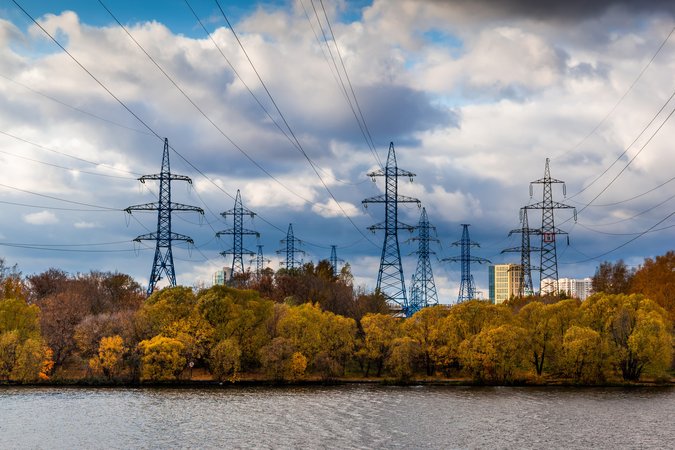James E. Rogers: The Economics and Ecology of Coal
In this Policy Leadership Series, James E. Rogers, the Chairman and CEO of Cinergy, discussed where he expects the future of goal to be heading as well as its broader ecological impacts.
In this Policy Leadership Series, held on Tuesday, May 18, 2004, James E. Rogers, the Chairman and CEO of Cinergy, discussed where he expects the future of goal to be heading as well as its broader ecological impacts.
Speakers
- James E. Rogers, Cinergy
- Paul Portney, Resources for the Future
Event Synopsis
Regulatory Risk Influences Utilities’ Strategy, CEO Says
by John Anderson
Journalist-in-Residence
Regulatory uncertainty puts a premium on flexibility when electric utilities make decisions on fuels and technologies, James E. Rogers, chairman and chief executive officer of Cinergy Corp. said at Resources for the Future. He spoke on May 18 at RFF's Policy Leadership Forum.
The electric utilities, he said, bear a greater “stroke-of-the-pen” risk than any other industry—the risk that a sudden change in state or federal regulation can sharply change the economics of their operations. Cinergy burns 30 million tons of coal a year to provide power to two million consumers in the Midwest.
The company likely will use coal gasification technology for its next expansion, Rogers reported. While gasification is at present somewhat more expensive than burning pulverized coal, he explained, it also is better adapted to comply with the more demanding pollution regulations that may be imposed in the future.
In Congress, legislation on utility emissions is caught in a deadlock over whether new limits on three pollutants—sulfur dioxide, nitrogen oxides and mercury—should be accompanied by restrictions on carbon dioxide, the most important of the gases causing global warming. At least in the short term, federal regulation of carbon dioxide seems unlikely. But to prepare for different rules in the longer future, Rogers said, Cinergy has set a goal of a 5 percent reduction in carbon emissions over 10 years.
“I live with the vision we will live in a carbon-constrained world some day,” he observed. With the coal gasification technology it is possible—although not inexpensive—to remove and sequester carbon dioxide rather than emitting it into the sky.
Participants

Paul Portney
Former President, Resources for the Future




